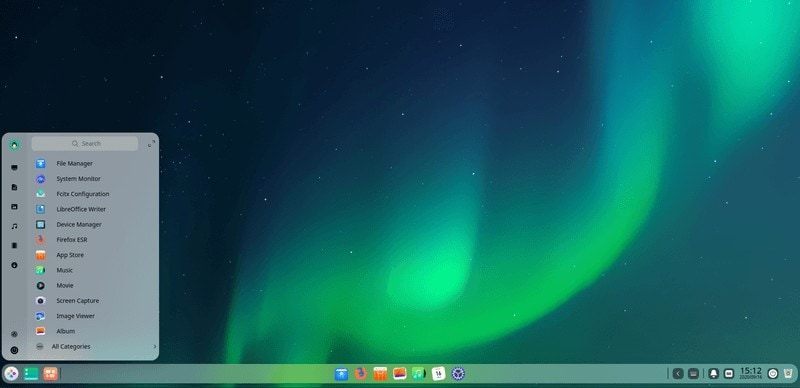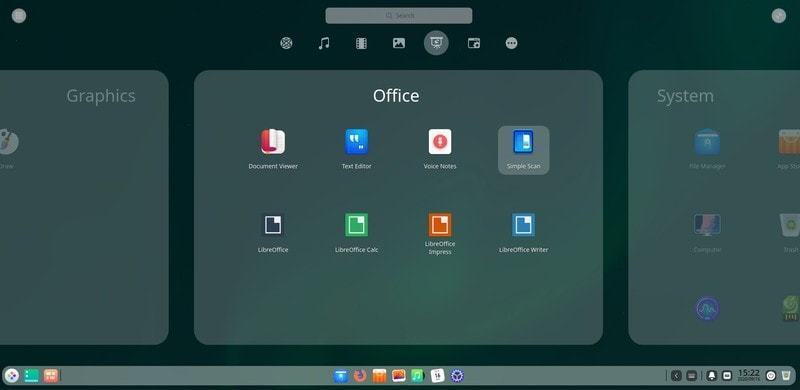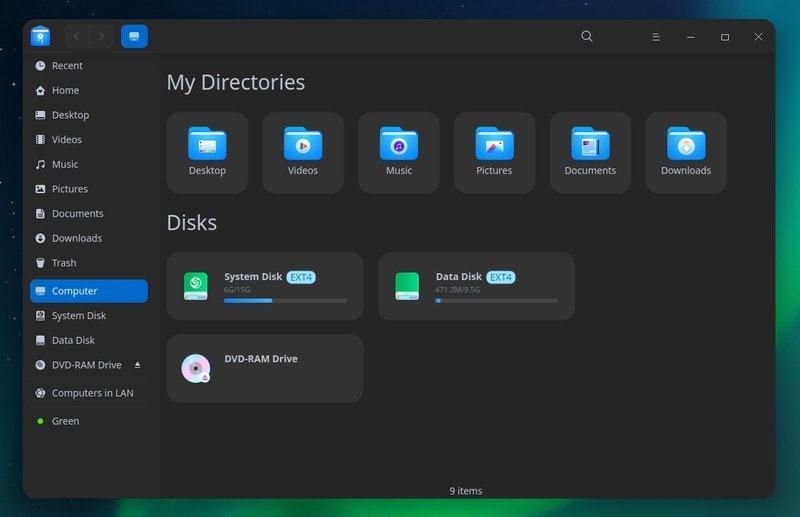Deepin is one of the most beautiful Linux distributions based on the stable branch of Debian and with the latest release of version 20, it’s better than ever before.
There are a bunch of changes and visual improvements that makes it a wonderful Linux distribution.
In this article, I’m going to take a look at Deepin 20 and let you know what it offers to help you decide if you would want to try it out!
What’s New In Deepin 20?
Visually, Deepin 20 comes with a major overhaul and it looks way cleaner and intuitive. It looks a lot like macOS or should I say that macOS Big Sur looks like Deepin version 20.
In addition to the visual improvements (for which it is known for), the base repository has been upgraded to Debian 10.5. Here are some other highlights include:
- Dual-kernel support (Linux Kernel 5.4 LTS and Linux Kernel 5.7)
- Personalized notification management
- Improved system installer
- Improved app management
- Enhanced fingerprint recognition
- A brand-new device manager
Of course, the list doesn’t end here. I’ll go through each of the key changes in the article as you read on.
Deepin 20 Review of New Features
Let me dwell over the most significant changes in the new release:
Visual Improvements

Overall, the look and feel of Deepin 20 is much cleaner and beautiful when compared to its previous release. The choice of the default icon theme, positioning of the menu bar, notification icon, and several other things look perfectly fine.

Of course, the rounded Windows, colorful icons, animation effects, and some subtle transparency makes the user experience rich.
The dark mode is now available across all the system apps and it’s now easier to switch light/dark theme per application instead of making it a system-wide change.

In addition to all the improvements, you also get the ability to tweak the experience and control a lot of things including the transparency.

Personalized Notification Management
With Deepin 20, you can also tweak/control the notifications and the alerts for each application to avoid unnecessary distractions.

Dual-Kernel Support

The dual-kernel support is a big deal and it should be exciting for users looking for the best hardware compatibility and stability with more devices. While installing Deepin 20, you will get the option to choose Linux Kernel 5.4 LTS or Linux Kernel 5.7 (Stable).
Improved System Installer

To encourage more people to try Deepin 20 and have a good experience, the system installer has seen some improvements which makes it cleaner and easier to use.
It’s also worth noting that if you have an NVIDIA graphics card, it will detect it and offer you installing the required proprietary drivers to get things working.
App Store Improvements
Deepin 20 includes some improvements to the app store to help you manage and install new apps easily.
However, I found it a bit too slow to load up. Yes, it could be the fact that the mirrors/resources are based in Mainland China. Maybe, they could have got around this issue by caching the icons/app information for the app store instead of loading it up every time.
Overall, even though the UI improvements are fantastic, using the app store wasn’t a smooth experience. It definitely needs some work on it.
New App Additions & Upgrades
There are some new useful app additions like Device Manager, Draw, Font Manager, Log Viewer, Voice Notes, Screen Capture (combining Deepin Screenshot and Deepin Screen Recorder), and Cheese (to take a photo or video on your PC).

Among them, the device manager should come in pretty handy and depending on what you need, other additions should seem pretty exciting.
Tools like Document viewer, archive manager, and a couple other apps have been upgraded.
Other Fixes & Improvements
The release also includes several bug fixes and improvements for the slideshow, dock, icons in the tray area, and so on.
New icon pack additions, improvements to the fingerprint recognition UI, and some other under-the-hood improvements make up for a great experience on Deepin 20.
To get all the details, you might want to check out their official announcement post. And, to sum up, I’ll just share my thoughts on using it.
My Experience With Deepin 20
Considering all the eye candy improvements, it’s definitely an attractive offering as a Linux distribution for both enthusiasts and for users looking to switch from Windows or macOS.
It is a bit heavy on system resources, but isn’t anything crazy for a modern computer with a decent graphics card. I’m not sure how it would perform with integrated graphics, but it shouldn’t be an issue, I think — unless you have a really old chipset.

The dual-kernel makes it an interesting choice to have good stability and compatibility with a wide range of hardware.

Overall, Deepin 20 is a wonderful experience and if you’re not aiming for a lightweight distribution but an eye candy experience, you should definitely give this a try.
Have you tried Deepin 20 already? Feel free to share your thoughts in the comments below!